How come our fingers are different sizes and lengths?我们的手指为什么会大小长短不一
How come our fingers are different sizes and lengths? asks Alec Pemara, a student in Manhasset, NY.
Hands and fingers aren't unique to human beings; other primates have them, too. Take a look at gorilla or chimp's hands and you'll see a set of four fingers, varying in length from index to pinky, along with a real thumb. (While other animals, such as raccoons, have paws that resemble hands, official "hands" belong only to primates.)
Hands are useful for grasping-hanging onto a tree limb (or hanging onto a ladder), picking berries (or picking up groceries), throwing a clod of dirt (or throwing a baseball). If our fingers were the same length, our hands wouldn't be such flexible tools. When we hold a spherical object like an orange in the palm of our hand, the fingers actually curve around evenly, giving us a firm grip. Tapering fingers (and strong thumbs) allowed early humans to use specially-shaped stones to smash, scrape and cut other objects. (A long pinky finger would be more likely to get caught and squashed itself.) Besides precision grips, our different-length fingers also provide a balanced support for crawling or leaning on our hands.
Among different species of primates-from baboons to monkeys--fingers and thumbs vary in shape and length. Long, thin fingers are best for tree-swinging. Chimpanzees, who themselves make and use simple tools like termite-catchers, have hands that most resemble ours.
Most primates, from gorillas, orangutans, and chimpanzees to Old World monkeys, have "opposable" thumbs that can bend outward at up to a 90-degree angle from the other fingers. The most developed opposable thumbs are especially handy for holding small objects between thumb and index finger.
Thumbs have only one middle joint, rather than the two joints found on the four regular fingers. The four longer fingers can curl further around an object, while powerful muscles allow the thumb to "lock in" the grip, vise-like. Human opposable thumbs are, compared to those of other primates, bigger and stronger. A chimp can pick up a peanut from the ground, but can't open a tightened lid on a jar of peanut butter. Our own powerful thumbs seem to have evolved in tandem with our tool-making skills.
Among individuals in each primate species, finger and thumbs vary, too. Compare your hands to those of your friends, and you'll see subtle and not-so-subtle differences. Boys and men often have longer ring than index fingers. Girls and women tend to have similar-length ring and index fingers, or shorter ring fingers. Scientists say the differences are due to the influence of the hormones estrogen and testosterone in the womb.
One study found that male physicists, chemists, and mathematicians had ring and index fingers about equal in length, while male economists and social scientists had longer ring fingers. Another study found that men with substantially shorter index than ring fingers tended to be more physically aggressive than others.
编辑推荐:

温馨提示:因考试政策、内容不断变化与调整,长理培训网站提供的以上信息仅供参考,如有异议,请考生以权威部门公布的内容为准! (责任编辑:长理培训)




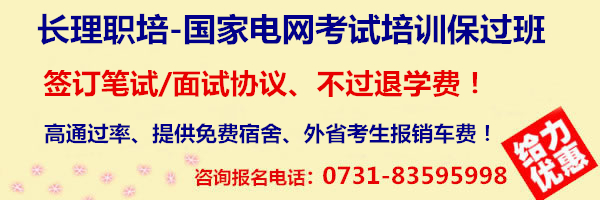


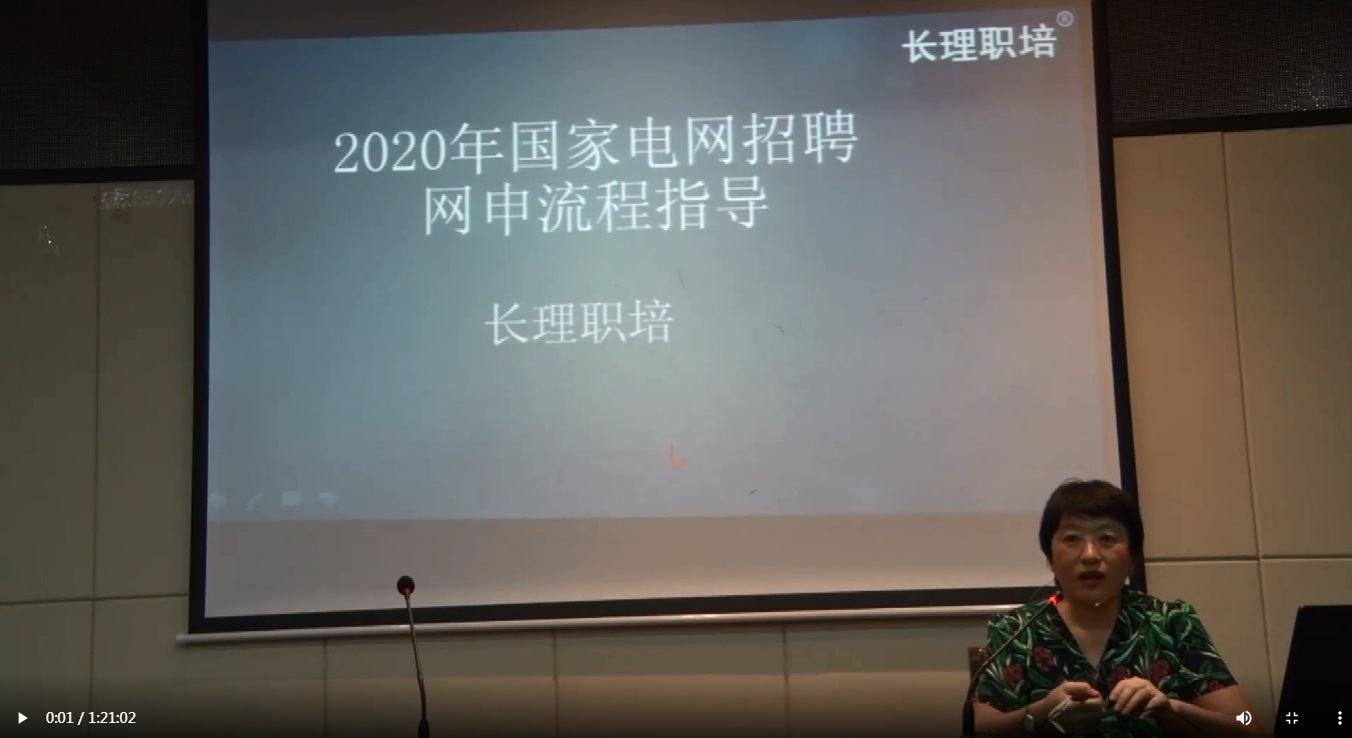



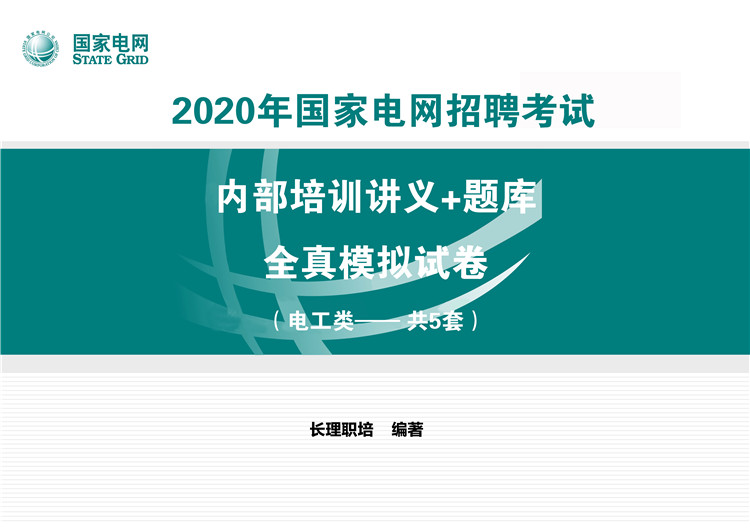


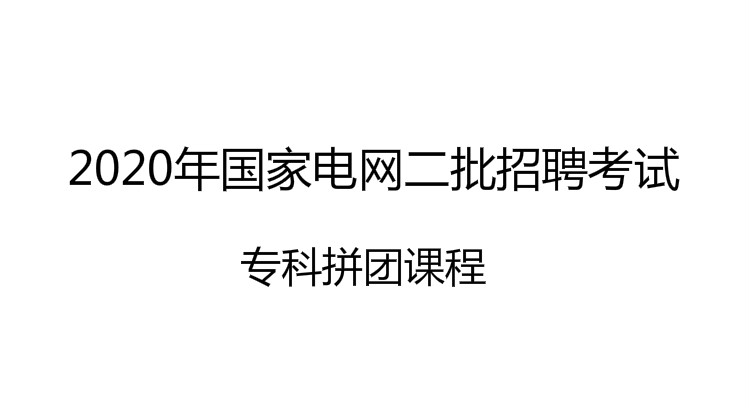
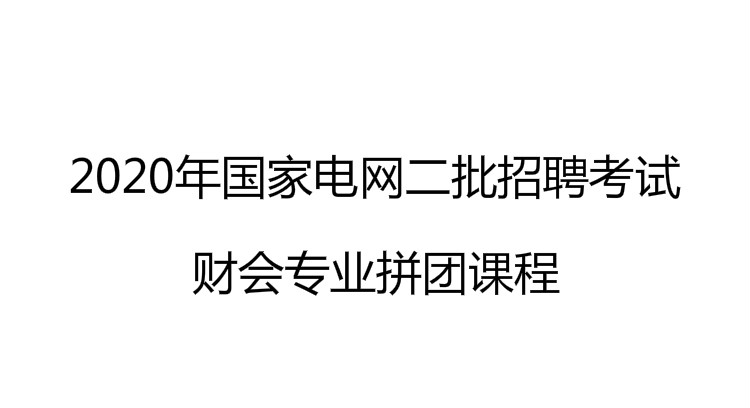
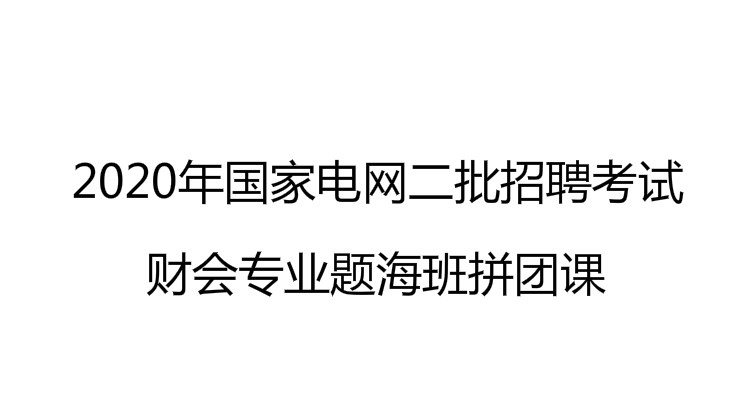
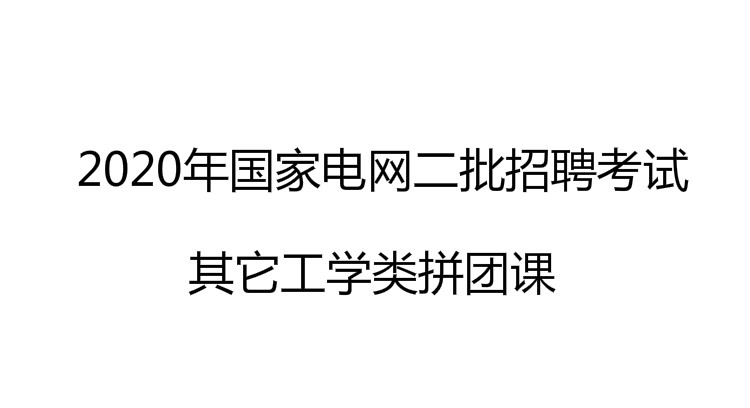
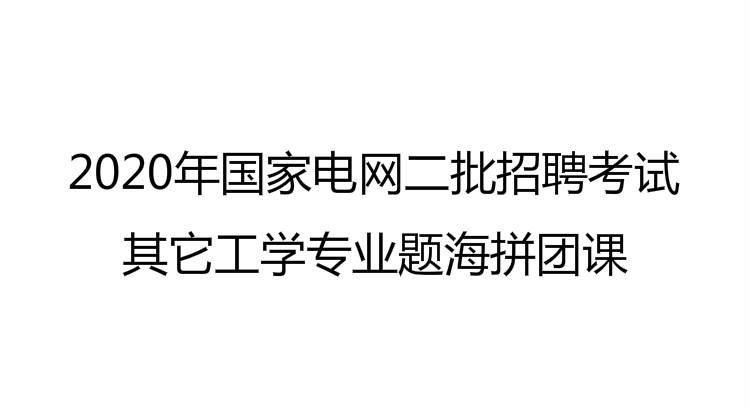


点击加载更多评论>>